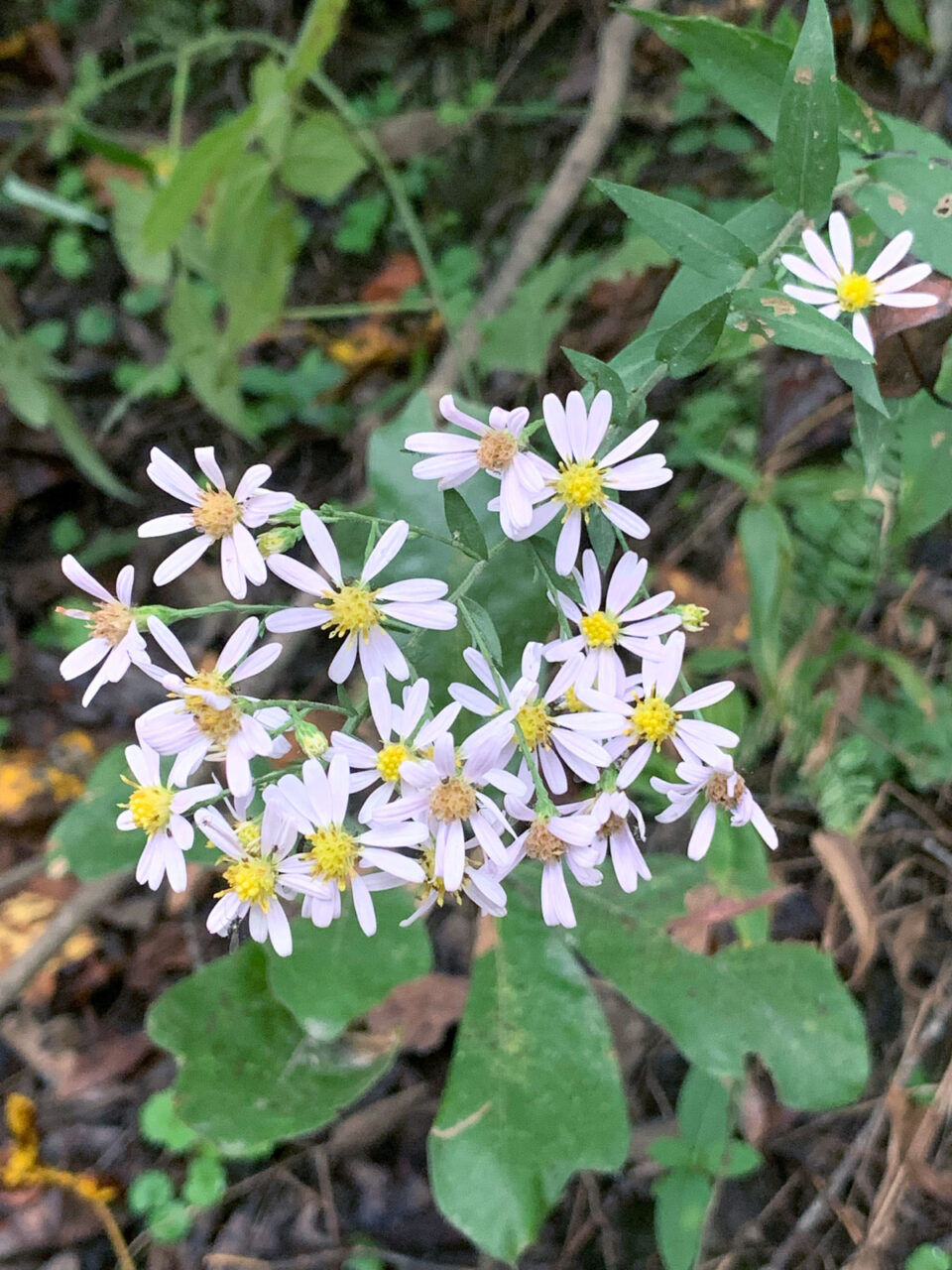The name “snakeroot” is from the use of the roots of the plant as a “cure” for snakebites. The plant, however, is incredibly toxic.
I loved the way this was written so I’m grabbing this from the Brooklyn Botanic Garden’s entry on this plant:
“Sadly, white snakeroot played an unfortunate role in American history. In the early 19th century, European settlers, unfamiliar with the plant, allowed cows and other domestic animals to feed on it. A toxin in the plant called tremetol tainted the cow’s milk, causing sickness and death to those who drank it, calves as well as humans. Milk sickness, as it was called, claimed the lives of thousands of people, including, it is thought, Abraham Lincoln’s mother. Native Americans, who made poultices with snakeroot, knew of its toxic properties, but their botanical knowledge was frequently overlooked by settlers, to their detriment.
“Eventually, a frontier doctor in Illinois named Anna Pierce Hobbs Bixby learned of the cause of the sickness from a Shawnee medicine woman. Bixby helped control the disease locally by instructing settlers to remove white snakeroot from their fields, but she too was largely ignored by the medical community, and research confirming the connection between snakeroot and milk was only published much later. Today, for better or worse, industrial agriculture has all but eradicated milk sickness. Since milk from thousands of cows is now combined when processed, the occasional toxin-containing contribution would be diluted to harmless levels.”
Size: 3' tall Family: Asteraceae (Aster Family) Habitat: Woods, brush thickets, fields and also in shady areas with open bare ground, and can be weedy in shady landscapes and hedgerows. Identification: "Plants are upright or sometimes ascending, growing to 1.5 metres (4.9 ft) tall, producing single or multi-stemmed clumps in mid to late summer and fall. The flowers are a clean white color and after blooming, small seeds with fluffy white tails are released to blow in the wind. They are found in woods and brush thickets where they bloom mid to late summer or fall". From wikipedia Blooms August-October










